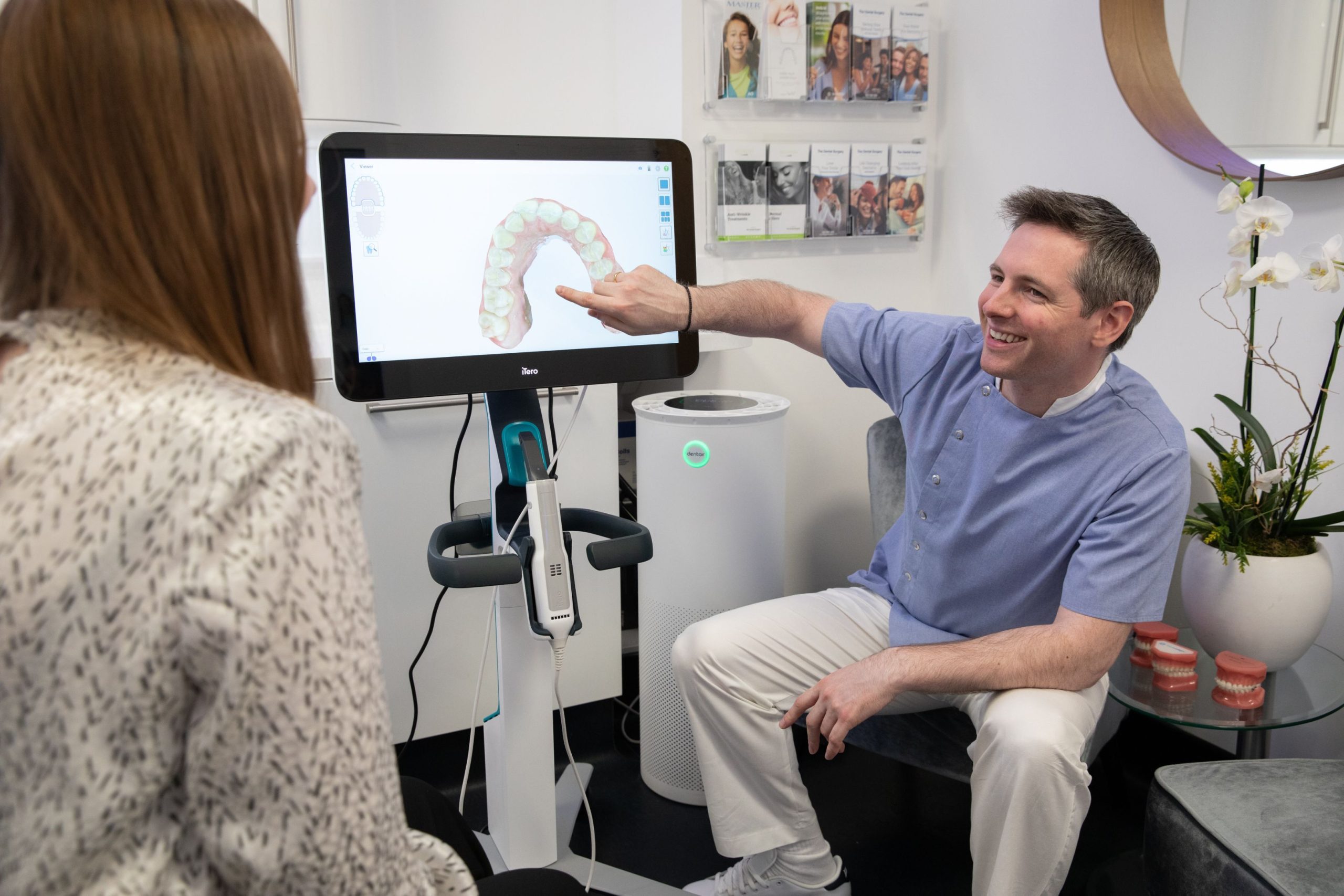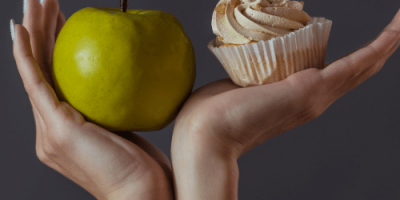- Categorised as:
- Teeth Whitening
- Dental Hygiene
- General Dentistry
What Causes Teeth Discolouration?
A common problem we see with patients’ teeth is that staining can occur even when they are following a good oral hygiene approach at home. They might be brushing regularly and flossing yet staining builds up over time due to other health or lifestyle factors. What causes this staining and how can it be removed?
To better understand where in the tooth staining occurs, let’s first look at the anatomy of the tooth.
Essentially, the tooth consists of 4 “layers”:
- Enamel – hard outer layer that protects your teeth from decay
- Dentine – the second layer of the tooth consisting of living tissue that communicates with the nerve of your teeth
- Pulp – the soft center of the tooth made up of the nerve, blood vessels and connective tissues
- Cementum – connective tissue which forms along the roots of the teeth, binding them to the gums and jawbone
What Makes Teeth Yellow?
While the difference might only be obvious to a dentist or a dental hygienist, tooth-related stains can broadly be grouped into three categories.
Extrinsic Teeth Stains
These are the stains where the cause and effect is most obvious as they are on the outer surface of the teeth – the enamel. Extrinsic stains are mostly caused by the pigmentation in what we consume and so staining on the tooth enamel gradually worsens over time.
Common culprits include tobacco, wine, carbonated soft drinks and energy drinks, and (annoyingly as you’re reading this whilst sipping a Latte) tea and coffee.
Extrinsic staining is difficult to avoid as so much in our diet is a potential cause; luckily these are also the stains that are simplest to remedy. More on that later.
Intrinsic Teeth Stains
Intrinsic staining of teeth affects the inner layer of the teeth – the dentine. The dentine may darken or become yellow and the discoloration can be particularly noticeable if the outer layer (enamel) has been worn away too.
Staining on the inside of the tooth is usually affected by health related aspects such as:
- Too much fluoride consumption when very young
- Certain medications such as tetracycline antibiotics (particularly under the age of 8)
- Trauma to the tooth causing nerve damage
- Tooth decay (usually present where the tooth meets the gumline)
- Genetics
Unsurprisingly these are harder to remedy, but far from impossible. An extrinsic stain simply needs removing from the surface, the intrinsic has worked into the tooth and so a different approach is required.
Age-related Discolouration
Over time, if there are cracks or fractures in your enamel, staining on the outside of the tooth can penetrate deeper and affect the inner layer.
Even without damage to the enamel of teeth, as we age the dentine naturally yellows and the enamel layer thins, this allows the darkened dentine to show through.
Something a little different: Old Dentistry
As enamel wears away, metal fillings may give teeth a noticeably “grey” appearance and old veneers and composite bonding can darken with time (and can appear even darker if you whiten your natural teeth).
How Can I Change The Colour Of My Teeth?
Trying to assess what type of discolouration you have requires a dental professional assessment. A clear assessment of the cause of discoloration will allow targeted treatment and the best result will be achieved.
Guessing can lead to the wrong treatment. It might be tempting to buy whitening toothpaste but this will have no impact on intrinsic staining. It will also have very little impact on surface staining as the dosage of active whitening ingredients legally allowed to be purchased over the counter are too low to have any impact.
Worse still, others turn to home whitening kits and gels that aren’t prescribed by a dental professional. At best, these will have no impact, at worst they will be wholly unsuitable to the type of staining you have.
The kits are often ill-fitting and the gel at a dosage that is either too weak or (illegally) too strong. Rather than whitening teeth, a far more likely result is to cause burns to the gums and create problems that require medical attention.
First things first
Seeing a dentist and a dental hygienist will help you identify the cause of your stained or discoloured teeth and they will provide you with the best treatment options for whitening your teeth.
For extrinsic staining caused by food, drink and smoking it is always advised to have an appointment with one of our hygienists who can get your smile back to it’s former shining glory (sometimes that’s all that is needed!).
Following a thorough clean by a dental hygienist, extrinsic staining can be further treated with professional teeth whitening (provided all the teeth being whitened are natural teeth and there are no other reasons for your discoloured teeth).
Intrinsic staining will require a different approach, where the bleaching agent is either placed inside the tooth or other cosmetic options are considered (such as porcelain or composite veneers).
We have written a post that outlines all the best options for teeth whitening, but overall it’s essential to visit a dentist for an oral examination to discuss your suitability for treatment.
Proper oral care at home underscores any professional treatment that you may get, as this not only helps you to maintain your beautiful smile once it has been restored, but also helps to look after your oral and overall health.
Do you have a specific question?
Get in touch with us today.



